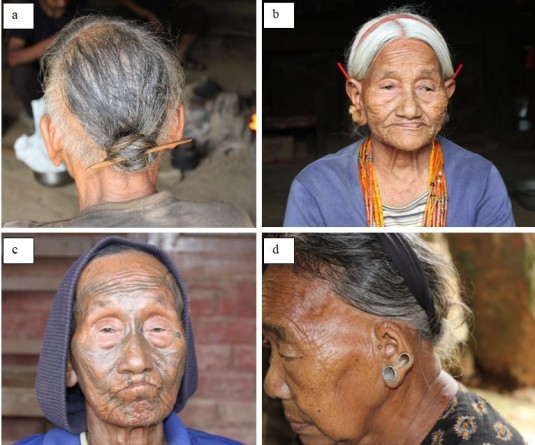
Mathew Rongmei
Dimapur
This year on 11 November, Remembrance Day in Kohima won’t just be a ceremony — it will be a moment to stop and feel the history that still lives quietly on our hill. Chief Minister Neiphiu Rio will attend the tribute at the War Cemetery, with Bhaarat Dave, Deputy Head of Mission, British Deputy High Commission, Kolkata, as the Guest of Honour. Together with locals and visitors, they will gather in the place where young soldiers once changed the fate of this land.
The first time I stepped into the War Cemetery in 90's, I expected only silence and sorrow. But what moved me most was a cherry tree standing near the very ground once known as the Tennis Court — the fiercest point of battle in 1944. A local cemetery guide came close to my ear and told me how the original tree was battered and torn by the deafening exchange of bullets during the fighting, yet a tiny offshoot clung to life. I remember writing that story into my diary the moment I heard it. Today, that offshoot has grown tall, blooming every year as if to show that even where war tried to destroy everything, life refused to surrender. I also came to know that the cemetery’s thoughtful design was created by Sir John Hubert Worthington, a British architect who shaped several Commonwealth war cemeteries after the Second World War. That knowledge made the place feel like more than a burial ground — it is a carefully built space where memory and dignity live on.
As i walk past headstones and read, there were names of young men who never saw their twenties, and for a moment the weight of that loss felt overwhelming. The cherry tree seemed to soften the sadness. It stood there as a living symbol — that life returned even where war once took everything away.
Later, when I visited the Mary Help of Christians Cathedral, I found another cherry tree with a different story. This tree was planted long after the war by Japanese visitors who came seeking peace and reconciliation. The Cathedral itself was designed by Rev. Fr. Charles Verbert, a Belgian missionary whose work gave Kohima one of its most recognizable landmarks. Under that cherry tree, the message felt different: healing is possible, even between those once at war.
One tree remembers the sacrifice.
The other represents forgiveness.
Today, Kohima celebrates cherry blossoms through a vibrant festival each year. But these two trees quietly remind us that cherry blossoms first bloomed here on soil that had seen loss and bravery, fear and hope.
As wreaths are laid and silence fills the cemetery on 11 November, the blossoms will again be present — not as decoration, but as witnesses. They have seen war. They now stand for peace. And they encourage us to protect what was earned with so much cost.
Every time I return, I feel overwhelmed — but not only by grief. It is gratitude that stays with me: gratitude that peace has grown here, and continues to grow, petal by petal.
These cherry blossoms do what words sometimes cannot — they remind us why peace must always be chosen.





